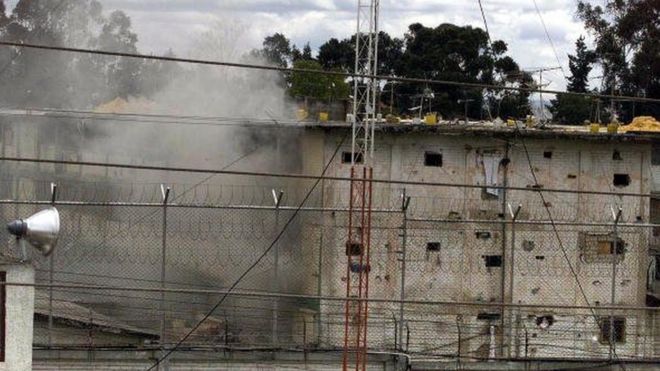By Samuel Miller
Impunity Watch Reporter, North America and Oceania
WASHINGTON, D.C., United States of America — President Obama on Tuesday sent Congress a long-awaited plan for closing the Guantánamo Bay prison, kicking off a final push to fulfill a campaign promise, as well as one of his earliest national security policy goals. The proposal comes seven years after Obama made a vow to permanently close the prison for enemy combatants, but the proposal already faces objections and legal obstacles in place for transferring Guantanamo detainees to U.S. prisons.

The proposal sets up a final battle with Congress as the president works to move dozens of Guantánamo detainees before he leaves office next year.
“The plan we’re putting forward today isn’t just about closing the facility at Guantanamo. It’s not just about dealing with the current group of detainees, which is a complex piece of business because of the manner in which they were originally apprehended and what happened. This is about closing a chapter in our history,” said Obama in a White House Press Conference.
President Obama’s plan has four primary elements, including transferring to other countries detainees who are already designated for transfer. The plan aims at accelerating periodic reviews of authority to detain an individual, prosecuting detainees who are facing charges, and working with Congress to establish a location in the homeland to securely hold detainees who cannot be transferred.
Lastly, the president wants to move all remaining detainees to the United States. The White House claims moving the detainees to a new or modified facility in the U.S. would save as much as $85 million, compared to the current cost of $445 million per year to maintain the facility at Guantánamo.
A governmental planning group has for months surveyed a series of sites around the country, including a federal Supermax facility in Florence, Colorado, the military prison at Fort Leavenworth, Kansas, and the Naval Consolidated Brig in Charleston, South Carolina, as potential options to hold such inmates. The plan released Tuesday cites 13 unspecified locations it says it could house between 30 and 60 detainees.
The president’s plan faces steep obstacles, however. Congress has enacted a statute that bars the military from transferring detainees from Guantánamo to domestic soil for any purpose, and Congressional Republicans have shown little interest in lifting that restriction.
“Congress acted over and over again in a bipartisan way to reject the president’s desire to transfer dangerous terrorists to communities here in the United States,” Senate Majority Leader Mitch McConnell said. “The president signed all these prohibitions, and his attorney general recently confirmed that it is illegal for the president to transfer any of these terrorists into the United States.”
Obama has reportedly threatened executive action to transfer the detainees to the U.S. if Congress tries to hamstring that process, under the argument that restricting his decision-making powers as commander-in-chief is unconstitutional.
“We’re not entirely clear on how the conversation will play out,” a senior administration official said. “We hope that meeting the deadline of presenting this plan itself will be a key step. We’re delivering what they asked for, and we’re hoping Congress will continue the conversation from that point forward.”
For more information, please see:
ABC News – Obama Sends Plan to Congress to Close Guantanamo Bay Prison – 23 February 2016
BBC News – Guantanamo Bay: Obama in prison closure push – 23 February 2016
CNN – Obama gives Congress Guantanamo closure plan – 23 February 2016
NY Times – Obama Sends Guantánamo Closing Plan to Congress – 23 February 2016
Politico – Obama announces plan for closing Guantanamo Bay prison – 23 February 2016
US News & World Report – Obama Unveils Plan to Close Guantanamo Bay Prison – 23 February 2016
USA Today – Obama takes last chance to close Guantanamo Bay – 23 February 2016

